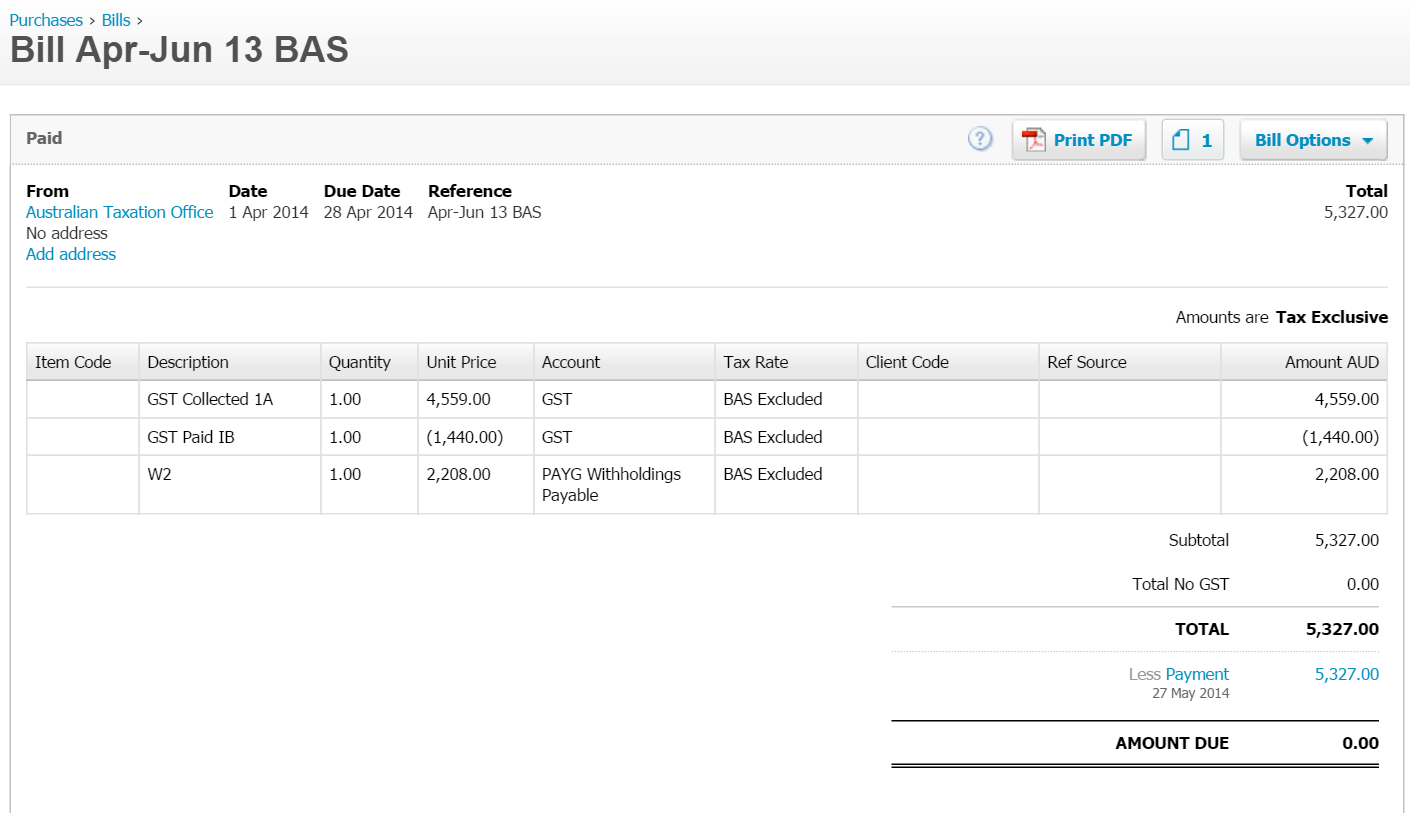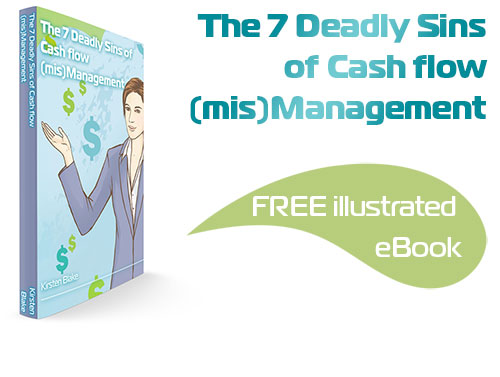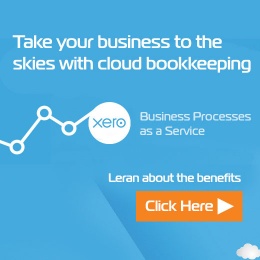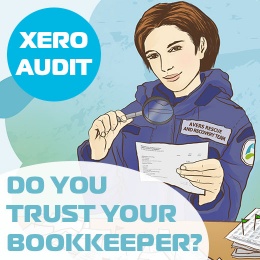

Let's Chat!
Tailoring the right solution for each business is what we are passionate about. Based on an initial chat with you, we'll be able to prepare a unique proposal for you and your business. We are based in Brisbane
Take a moment to connect with us using the form below, or call us directly on:
1300 255 337 (Mon. to Fri. 10 am - 4 pm):
We get to see many bookkeeping files and it’s very interesting how many different ways there are to do the same thing. Whether it is the way an accountant records end of year adjustments or the way the bookkeeper processes cash receipts. Now don't get me wrong, there are legislated guidelines and industry standards, but there is also more than one way to skin a cat. Generally the differences come are explained by different software capabilities but often they just come down to personal preference (and sometimes what level of service the client is paying for).
Let's look at how tax is accounted for. All businesses need to pay some sort of tax whether it be for GST, PAYG income tax or some other tax. The ATO would prefer for it to be calculated and lodged and then the amount paid in full. Unfortunately many businesses have not got themselves into a position to do this regularly and so they enter into payment arrangement and the liability is paid off in a number of payments over time. In the case of Income tax, often businesses are required to pay regular installments in advance of the ITR lodgement by way of pre-payments.
For the ease of explanation, from this point on, we will just discuss GST and PAYG but the concept is similar for other taxes.
When you lodge a Business Activity Statement (BAS) or Instalment Activity Statement (IAS) and do not pay it in full, the amount owing is added to the businesses Australian Tax Office (ATO) Integrated Client Account (ICA).
At the time that the BAS is lodged, the amount owing becomes a liability for that business and should be recorded as such.
In terms of recording payments or refunds for Tax liabilities there are 3 main ways that this could be done in Xero
1. Spend or Receive money at the time of payment
2. Journal to the GST/PAYG control accounts and a clearing account. (You can not journal directly to the bank account in Xero)
3. Create a purchase bill (when you woe money) or sale invoice (when you are due a refund)
Our preferred way
Set up ATO Integrated Client Account as a Current Liability and select to “Show on Dashboard Watchlist” and “Enable payments to this account”
Add any ATO debts, such as BAS and IAS, as they are lodged with the ATO, as a Bill/Invoice in Xero. Split the amounts for 1A and (-)1B and allocate to the GST Control account (you may cosolidate these amounts into 1 line) and PAYG to the PAYG Withholding account. Also include any rounding to the relevant expense account. We save the lodged IA form with the invoice.
As soon as bill is entered, mark it as paid in full on the lodgement date from the “ATO Integrated Client Account” using the "Paid From box" below the invoice
Record any actual payments to the ATO from your bank account using the Create tab with the Name “ATO” and Account “ATO Integrated Client Account” or set up a rule to do the same (if practical).

This method will show your ATO Integrated Client Account balance on the Dashboard clearly and reduce as payments are made, just like the ATO ICA shows it. You can run a transaction listing report and compare this against the ICA account.
If the ATO ICA includes interest and charges, we enter these amounts as journals Cr the ICA account and Dr the GIC expense account.
You may also enter GIC as a bill and “pay” the bills with the ATO ICA using the Make a Payment box below the bill.
An aside note about payment arrangements with the ATO:
Please be aware that you are entering into an arrangement to cover the debt owing at that point in time. A condition of the arrangement is that any future debt is paid in full at the time of lodgment. Many businesses don't realise this and think that they will be covered if they just keep paying the under the present arrangement. This is not the case. The ATO will default you and the payment arrangement becomes null and void. We are seeing more and more cases of this lately as the ATO takes a more aggressive line on chasing up outstanding tax debt. In mnay cases you will be able to renegotiate your payment arrangement but you must call and do this before a default is recorded.
At aVers we assist our clients with negotiating debt with the ATO.

Subscribe by email and instantly get FREE Illustrated eBook. Adequate ‘positive’ cash flow is essential for the survival of any business, yet this is something that over 50% of small business owners struggle to manage.


